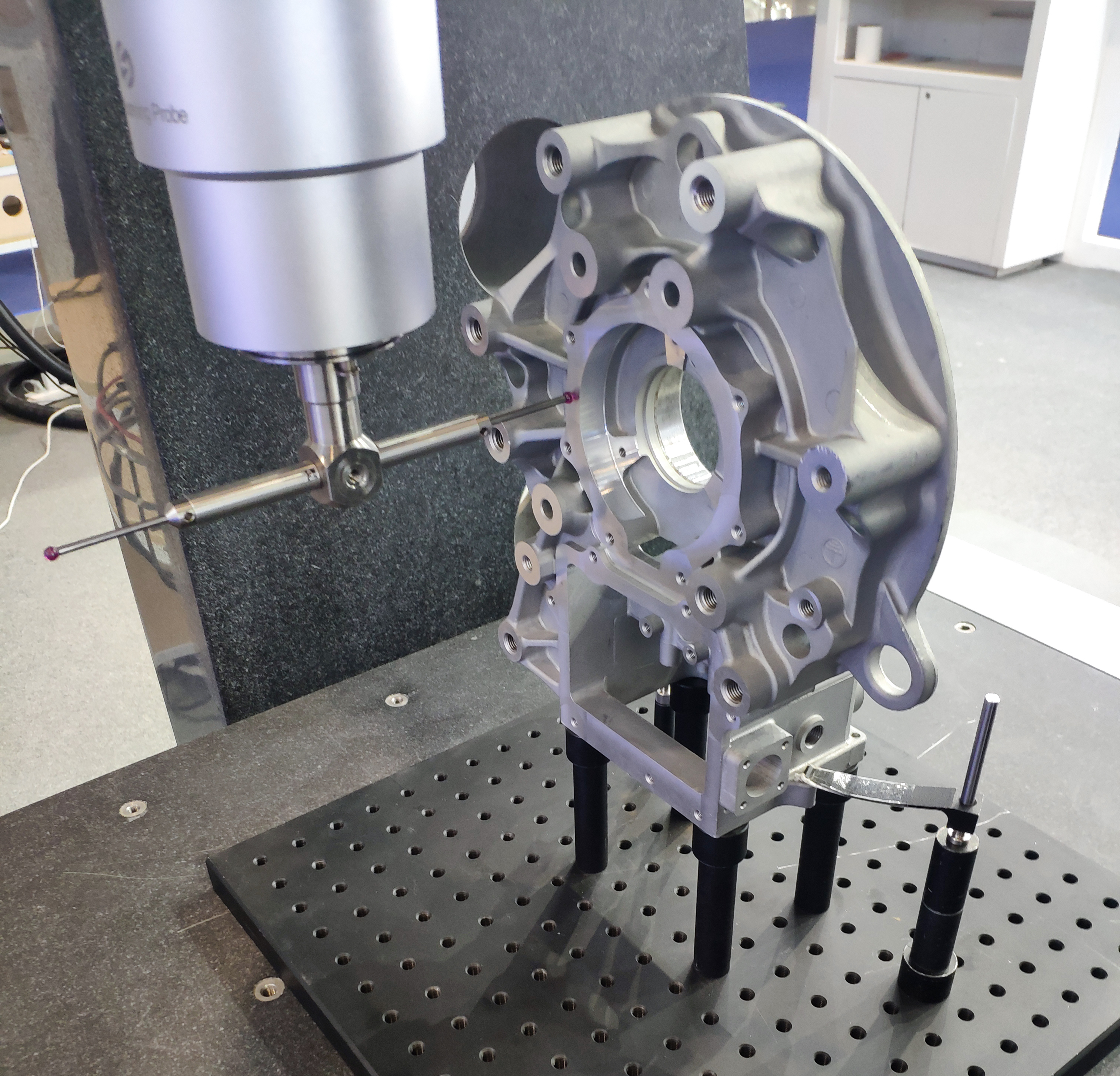
What are the technical requirements for metal stamping?
I. Raw Material Properties of Hardware Stamping Parts
1. Chemical analysis and metallographic examination
The content of chemical elements in the material was analyzed, the grain size and uniformity of the material were determined, the grade of free cementite, banded structure and non-metallic inclusions in the material were evaluated, and the shrinkage and porosity of the material were checked.
2. Material inspection
Stamping material is mainly hot-rolled or cold-rolled metal strip material. The raw material of metal stamping should have quality certificate, which ensures that the material meets the required technical requirements. When there is no quality certificate or for other reasons, the hardware stamping parts factory can select raw materials for re-inspection as needed.
3. Formability test
The bending test and cupping test are carried out to determine the work hardening index and plastic strain ratio of the material. In addition, the test method for the formability of the steel sheet can be carried out according to the requirements of the formability and test method of the thin steel sheet.
4. Hardness Testing
Rockwell hardness tester is used for hardness testing of metal stamping parts. Small stamping parts with complex shape can be tested by other testing instruments.
II. Process Requirements for Hardware Stamping Parts
1. When designing the structural shape of parts, metal stamping parts should adopt a simple and reasonable surface and its combination. At the same time, they should minimize the number of machined surfaces and the processing area as far as possible. cnc machining part
2. Choosing a reasonable method to prepare the blank in mechanical manufacturing can directly use profiles, casting, forging, stamping and welding, etc. The choice of blank is related to the specific production technical conditions, which generally depends on the production batch, material properties and processing possibilities.
3. The requirement of metal stamping formability. In order to improve stamping deformation and quality, the material should have good plasticity, small yield strength ratio, large directivity coefficient of plate thickness, small directivity coefficient of plate plane, and small ratio of yield strength to elastic modulus. The separation process does not require a material with good plasticity, but a material with certain plasticity.
4. Specify appropriate manufacturing accuracy and surface roughness. The cost of metal stamping parts will increase with the improvement of accuracy, especially in the case of high accuracy, this increase is very significant. Therefore, high accuracy should not be pursued without sufficient basis. Similarly, the surface roughness of metal stamping parts should also be appropriately specified according to the actual needs of the matching surface. metal stamping part
Ⅲ. Selection Principles of Hardware Stamping Oil
1. Silicon steel sheet: Silicon steel sheet is a relatively easy material to punch. In order to make the finished products cleanable, low-viscosity punching oil will be selected on the premise of preventing punching burr.
2. Carbon steel plate: Carbon steel plate is mainly used for low-precision processing such as protective plate of some mechanical equipment, so when choosing punching oil, the first thing we should pay attention to is the viscosity of drawing oil.
3. Galvanized steel sheet: Galvanized steel sheet is a welded steel sheet with hot-dip or galvanized coating on its surface. Because it will react with chlorine additives, it should be noted that white rust may occur in chlorine-type stamping oil when choosing stamping oil.
4. Copper and aluminium alloy sheet: Because copper and aluminium have good ductility, when choosing stamping oil, stamping oil with oiliness agent and good sliding property can be selected, and chlorine-containing stamping oil can be avoided, otherwise the surface of stamping oil will be discolored by corrosion.
5. Stainless steel: Stainless steel is easy to produce work-hardening material, which requires the use of tensile oil with high film strength and good sintering resistance. Pressing oil containing sulfur and chlorine compound additives is generally used to ensure extreme pressure processing performance and avoid burrs and cracks on the workpiece.
Hardware stamping technology requirements are described in detail above. The processing technology of metal stamping parts is complex. In order to ensure that the product performance of metal stamping parts can meet the use requirements, it is necessary to follow the corresponding process requirements to ensure the feasibility of production.
| precision machining services | cnc milling drawing | cnc milling and turning |
www.anebon.com
Anebon Metal Products Limited can provide CNC machining, die casting, sheet metal machining services, please feel free to contact us.
Tel: +86-769-89802722 Email: info@anebon.com Website : www.anebon.com
Post time: Oct-01-2019
